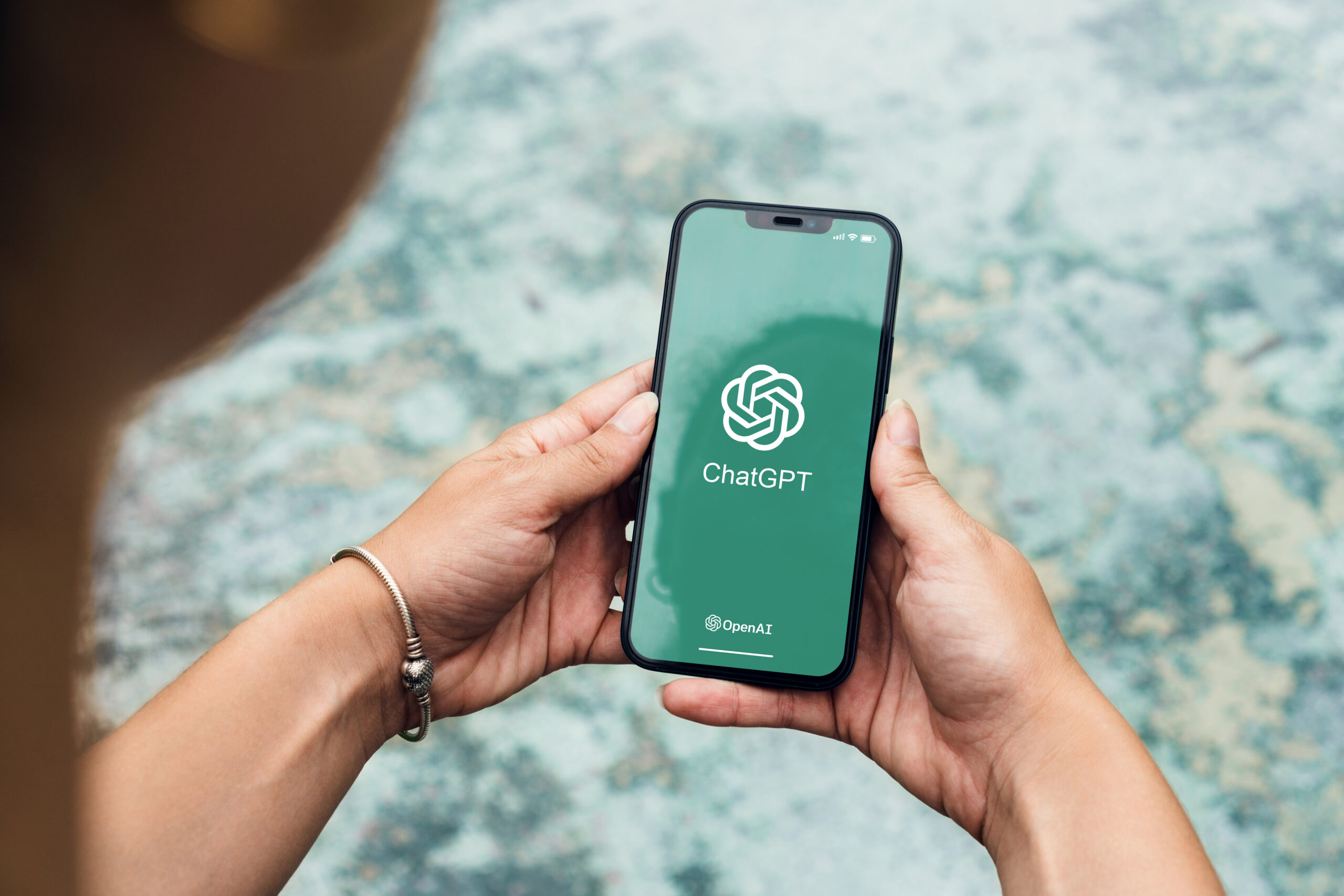
What We’ve Learned From One Year of ChatGPT
What We’ve Learned From One Year of ChatGPT
Alyssa Patzius, Vice President of Sales • Intero Digital • November 30, 2023
OpenAI, the creator of ChatGPT, announced an early demo of the generative AI tool this time last year, and within five days, over a million users had tried it.
In the first year of its existence, ChatGPT has achieved a lot. Most notable is the level of notoriety that had never before been seen with an AI chatbot. It has become a household name — not by chance but because it represents a new level of accuracy and depth in natural language processing, allowing it to achieve tasks we hadn’t thought possible.
At Intero Digital, ChatGPT has always been “in our lane,” so to speak, so we have sought to understand and experiment with it for our own sake and for the sake of our clients. So what have we learned from using ChatGPT for content marketing in the past year?
How Has ChatGPT Helped Us?
In short, ChatGPT has given us some much-needed time back by taking over some of our most tedious work.
It has removed the blank page fear.
Starting points can be prohibitive in content marketing, the blank page looming before the marketer and putting them off their stride. ChatGPT has offered ways to brainstorm and draft content, getting that blank page filled so the marketer can begin the next stage of the process more quickly.
For example, when creating our brand writing voice quiz, we used the AI tool to help rewrite the answer options in different tones and voices. It gave our team great starting points that we could then finesse and contextualize.
It has made our most complex content summarizable.
The ability to pull out interesting or pertinent information is one of ChatGPT’s biggest strengths. If our team is looking at a long, unwieldy transcript from a client interview, for instance, ChatGPT can produce an instant summary, helping us find unique insights and use them in the next stages of our workflow.
It can handle basic SEO and social media tasks.
It is often easier for a tool like ChatGPT to understand algorithmic processes than it is for humans. ChatGPT can handle competitive analyses, and it can aid keyword research processes. For example, we feed the tool a raw keyword list and ask it to cluster the keywords. Then, it can provide key insights and recommendations for those clusters.
How Has ChatGPT Fallen Short?
Will ChatGPT replace marketers?
Doubt it.
Although our team has found many successful use cases for ChatGPT for content marketing, we have seen it fall short in some areas.
Tone is still beyond ChatGPT’s mastery.
While it outperforms most chatbots with its ability to imitate style and voice, its ability to edit content for tone has had mixed results. To achieve a particular desired tone, we have to feed it highly relevant examples and parameters for things like word count and headline options (it has a tendency to use similar headline formats for everything). Its style can be inconsistent, changing daily from too salesy to too flowery.
It doesn’t quite understand relevance.
ChatGPT struggles to easily identify relevant content; it can’t identify interlinking opportunities of other content on sites that would be relevant, for example.
The other problem is that ChatGPT’s data needs to be updated in order for the bot to provide the most relevant information. When using the basic ChatGPT account, the content it generates will often be out of date and in need of major fact-checking.
It’s worth noting, however, that this isn’t as much of an issue with an enterprise-level ChatGPT account, but that level of access comes with a price tag. At Intero Digital, we have invested in ChatGPT Enterprise and were one of the first agencies to get access so we could leverage the tool to the fullest for ourselves and our clients.
Why Does ChatGPT Prove the Case for Human-Led AI?
Our learnings about ChatGPT so far have had interesting implications for our beliefs about generative AI in general. What we have seen of ChatGPT’s successes and failures has helped us double down on the belief that collaboration between human content creators and AI tools provides the best-case scenario.
The way to achieve content marketing wins with AI is to use the technology to create a foundation that human creativity can build upon or build on a foundation that human creativity has formed. These are cases where AI and the content marketer work in synergy, almost as colleagues.
For example, one of my team members recently used ChatGPT to help them draft a whitepaper outline. They had a rough vision of how they wanted the whitepaper to look and sound but knew it would take a lot of trial and error to structure the piece. ChatGPT helped them turn all the information into an outline. Because it’s not a human, it wasn’t burdened by other tasks or worried about finding the perfect shape; it simply showed my teammate a logical, clear structure upon which they could add nuance specific to the client — and saved them about an hour of work.
How to Use AI for Marketing
If you want to implement AI tools like ChatGPT into your company’s marketing processes, consider these strategies my organization has found helpful:
1. Start with process efficiency.
My team started by finding ways we could gain efficiencies in our day-to-day processes using ChatGPT. For us, it made sense to experiment with using AI to give us a starting point for social media post drafts, rough outlines for content, basic keyword research summarization, and more. By getting a jump-start on these tasks, our team could then allocate more time for strategy, creative thinking, revising and editing, and more.
2. Create a culture of AI adoption and continuous learning.
Encouraging early adoption of AI within our team has been critical. We organized a session with our company’s resident AI expert, who is a major advocate and adopter of AI, thereby encouraging our team to have a similar attitude toward the technology. We also established a dedicated AI task force to share insights and explore various AI tools. Plus, we share AI wins in a specific Slack channel. This approach helps keep the team updated and open to integrating AI in different aspects of their work.
3. Implement practical AI solutions for immediate impact.
Introduce AI tools that offer immediate time-saving benefits. For instance, we use ChatGPT to generate catchy headlines, assist in content strategy, or rewrite sections of press releases. Demonstrating these practical applications helps our team members realize the tangible benefits of AI, leading to wider acceptance and usage. It’s also beneficial to track and share these time-saving outcomes to reinforce the value AI brings to the company’s marketing efforts.
ChatGPT does not have lived experience and can never be a true subject matter expert, but marketers should pay attention to how useful ChatGPT has been in its short year of existence — even in industries where humans are central, such as healthcare and customer service. With the right attitude, it’s possible to make your team’s (and your own) life easier with the help of AI without losing the human touch that’s so critical in marketing.

